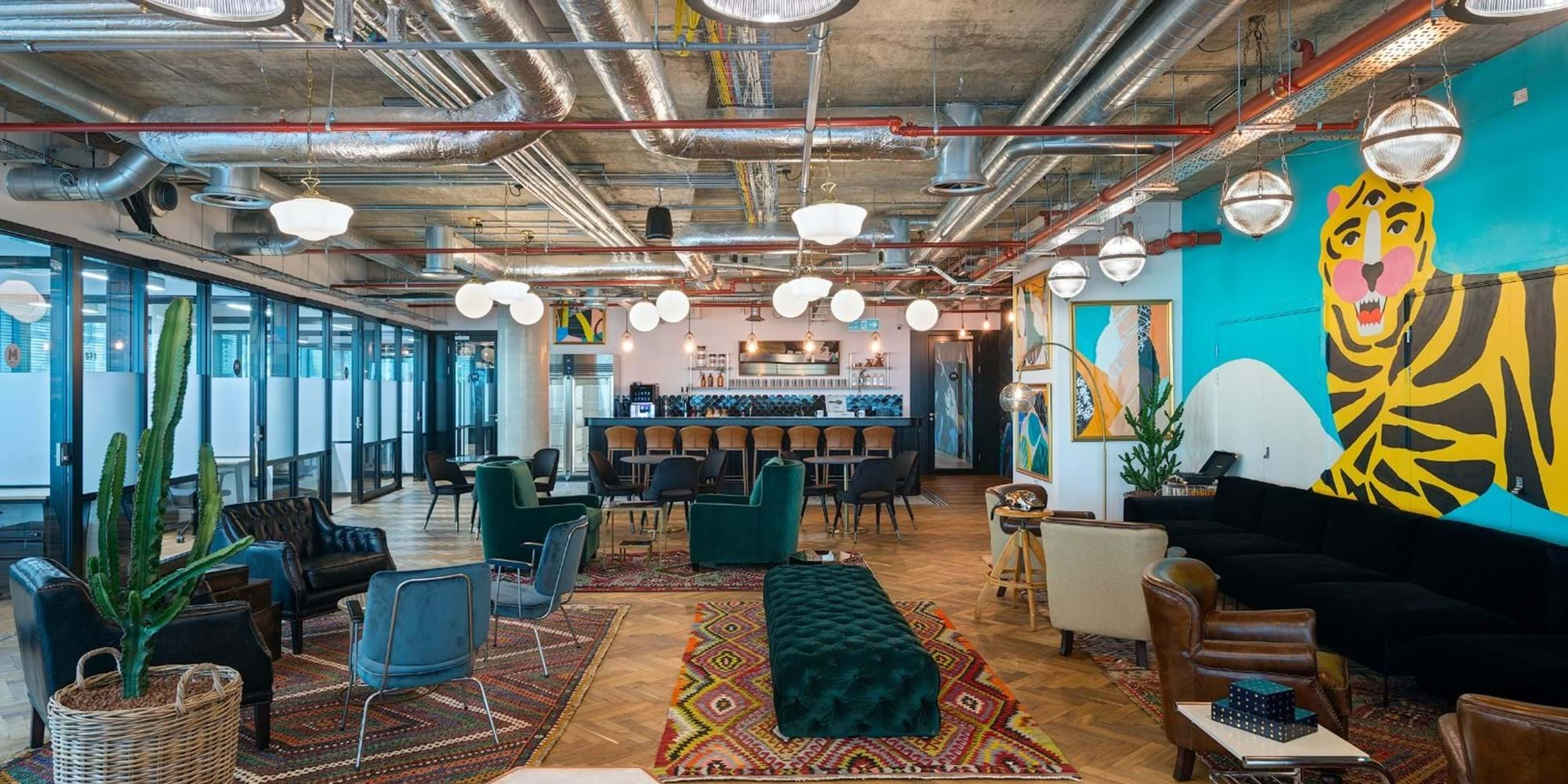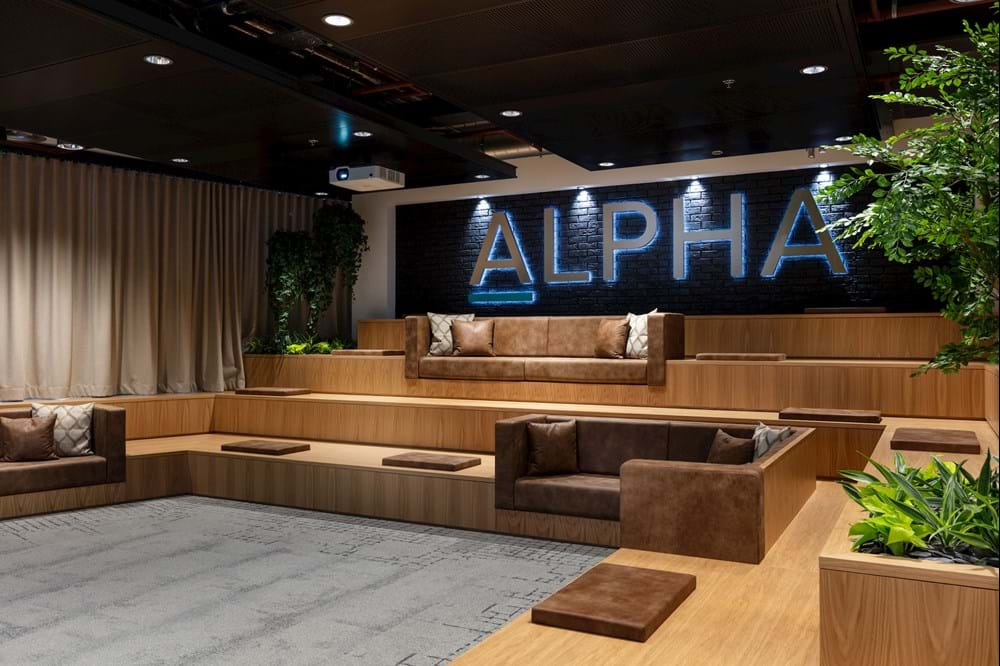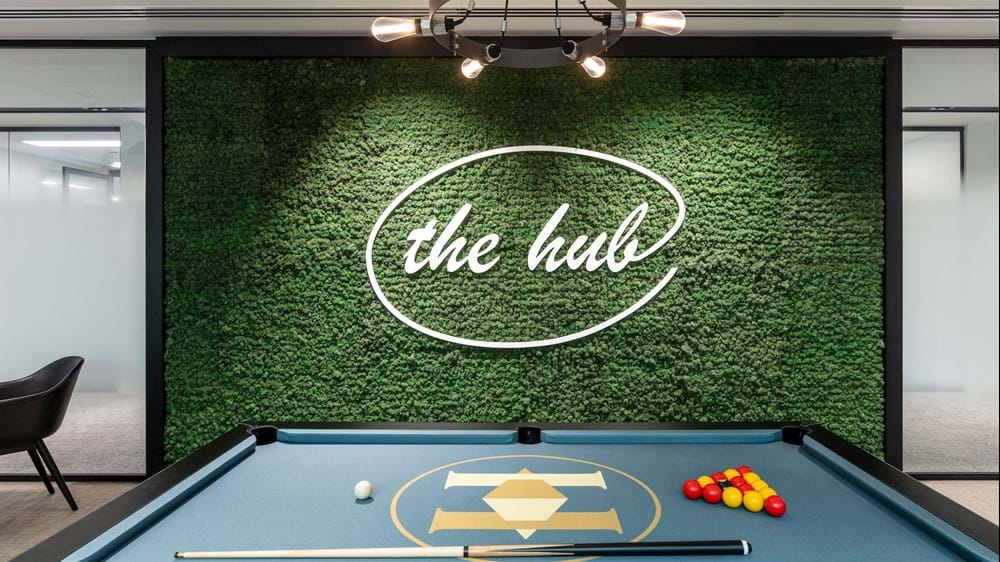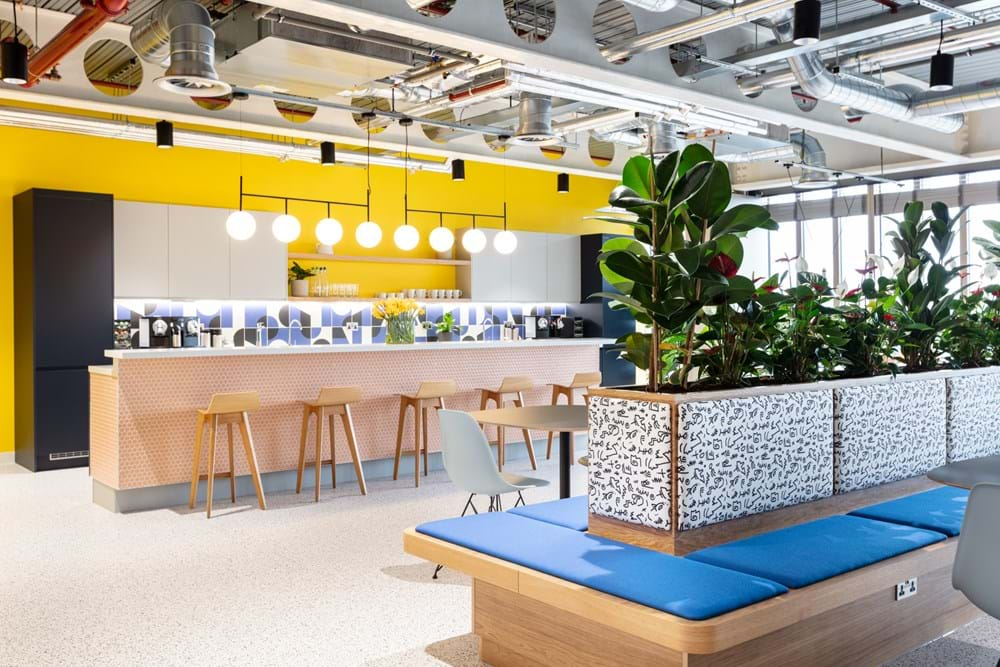Reimagining The Workspace in the Post-Covid Era
The benefits of working in an office versus working remotely are myriad and well-documented. While the flexibility of remote working is something that a large proportion of the workforce wish to maintain, that’s not to say the workspace has been rendered obsolete – indeed, the positives of office working are now more keenly felt than ever as we emerge from prolonged periods of isolation.
As our Managing Director Lindsay Dowden discussed in his blog, remote working can put a severe strain on one’s work-life balance; in the office, one can clearly demarcate the boundaries between work and personal life, allowing for a healthier approach to work in general.
Furthermore, in-person collaboration is key in encouraging creativity and innovation through an organisation, and social spaces within the office are absolutely fundamental in building a strong office culture – the benefits of which we discuss in our recent article.
With that being said, it’s no secret that the world of work has changed fundamentally as a result of the pandemic. Increased flexibility afforded by the remote working conditions during lockdowns is a way of working that employees are keen to carry over into the post-Covid era.
As British Council for Offices’ chief executive Richard Kauntze suggests, “the idea of getting up very early in the morning, to travel into a city centre on a packed train, to sit at a desk for several hours sending emails, is not an intelligent way to work. People should be in an office environment that makes sense to them.”
The future of office design will be characterised by a commitment to ‘mixed working’ – an acceptance that in the post-Covid world, the needs and wants of the workforce have changed. Flexibility, customisation, adaptability and socialisation are all key terms when discussing the reimagined workspace, and managers could see a massive increase in productivity if they stay ahead of the curve in post-pandemic office design.
The Amphitheatre at Alpha FX for team get togethers and annoucements
Reimagined Spaces
There are several fundamental aspects to the post-pandemic workspace, but perhaps the most important is collaboration and collaborative spaces. The pandemic massively affected employees’ ability to collaborate with each other as face-to-face social interaction was replaced with clunky, unwieldy and impersonal Zoom or Teams meetings.
The post-pandemic office should play to the strength of the very idea of the workspace: a social business hub, where employees can come together creatively and socially. The current standard floor space percentage for desking in a modern office is around 70%; if this was reduced to 30% in favour of more collaborative and social zones, the office space could truly flourish as a hub of interactivity, increasing employee retention and bringing people back into the office.
These zones aren’t necessarily just open-plan desking or comfortable meeting rooms, but can also be teapoints, amphitheatres or booths – check out our fit-outs for Alpha FX or Checkout.com for examples of how an office can be transformed into a collaborative hub through the addition of beautiful social spaces, inspiring innovation, creativity, and passion for the business.
While collaborative spaces are hugely important for a futureproofed modern office design, quieter focus-spaces are also absolutely key – particularly for a workforce coming out of lockdowns where the ambience of home life – babies crying, dogs barking, etcetera – dominated the soundscape. Focus spaces can provide areas of calm away from the bustle of the office, and a deft balance between social environments and these quieter zones creates an office that caters to all.
These spaces could include enclosed seating booths, quiet rooms, pods, soundproofed meeting rooms, or even a library. These tucked-away, private spaces are not only practical, but can also be beautiful moments of peace in a bustling, energetic office space.
Acoustics should be high on the agenda for any manager looking to update the workspace in the post-pandemic world. As we look towards the reality of increased ‘mixed working’, where a portion of the office are working remotely at times during the week, acoustics are becoming all the more important in creating a productive environment that supports the mixed working model.
Features such as acoustic baffles and wall panels could be instrumental, as well as sensors that monitor noise levels in real time in order to give a complete understanding of the acoustic landscape of your office. Biophilic elements are also great for acoustics, providing sound dampening while also creating a more sustainable and aesthetic office environment.
Finally, technological integration is intrinsic to the mixed working model that modern office design will begin to adhere to. Making sure that the entire workspace is kitted out with up-to-date A/V systems, sensors, hardware that promotes collaboration between in-office and remotely working employees and all the latest software could truly future-proof your office, allowing for maximal productivity as the workforce splits their time between the workplace and home.
A collaborative social space at Houlihan Lokey
Spaces for the Future
The future of the workspace must be characterised by a commitment to the flexibility of ‘mixed working’. Modern offices must bring to the forefront the aspects of the working environment that are most attractive for employees to return to – collaborative, social spaces balanced with zones of absolute peace and calm – with an acceptance of the need to include technology that will allow remote workers to continue to feel like they can meaningfully contribute to the company culture while being productive from home.
The managers who are able to successfully integrate these elements into their modern office design will reap the rewards of the post-pandemic return to the workplace, and build a forward-looking business that will weather the storms of the post-pandemic world.
A bright, on-brand teapoint at Travelfusion



